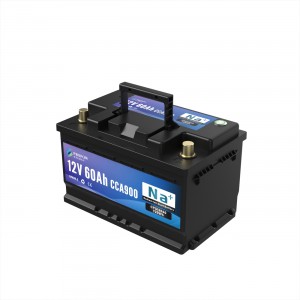Sodium-ion batteries typically last between 2,000 and 4,000 charge cycles, depending on the specific chemistry, quality of materials, and how they're used. This translates to about 5 to 10 years of lifespan under regular use.
Factors Affecting Sodium-Ion Battery Lifespan:
-
Battery Chemistry: Advanced materials like hard carbon anodes and layered oxide cathodes improve cycle life.
-
Depth of Discharge (DoD): Shallower discharges (e.g., using only 50–70% of capacity) increase longevity.
-
Operating Temperature: Like lithium-ion, extreme heat or cold can reduce lifespan.
-
Charge/Discharge Rate: Slower charging and discharging helps preserve battery health.
Comparison with Lithium-Ion Batteries:
-
Lithium-ion: 2,000–5,000 cycles (some LiFePO₄ types up to 6,000+).
-
Sodium-ion: Slightly lower energy density and cycle life currently, but improving rapidly and more cost-effective.
In summary, sodium-ion batteries offer a decent lifespan, especially for grid storage, e-bikes, or backup power where ultra-high energy density isn’t essential.
Post time: May-16-2025








